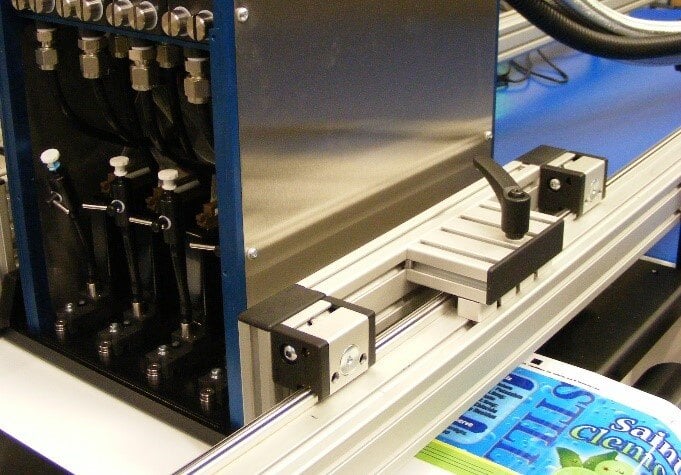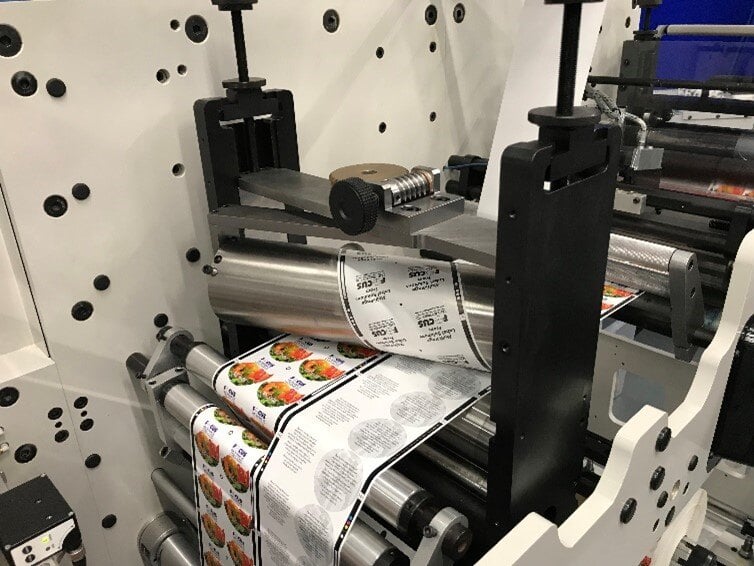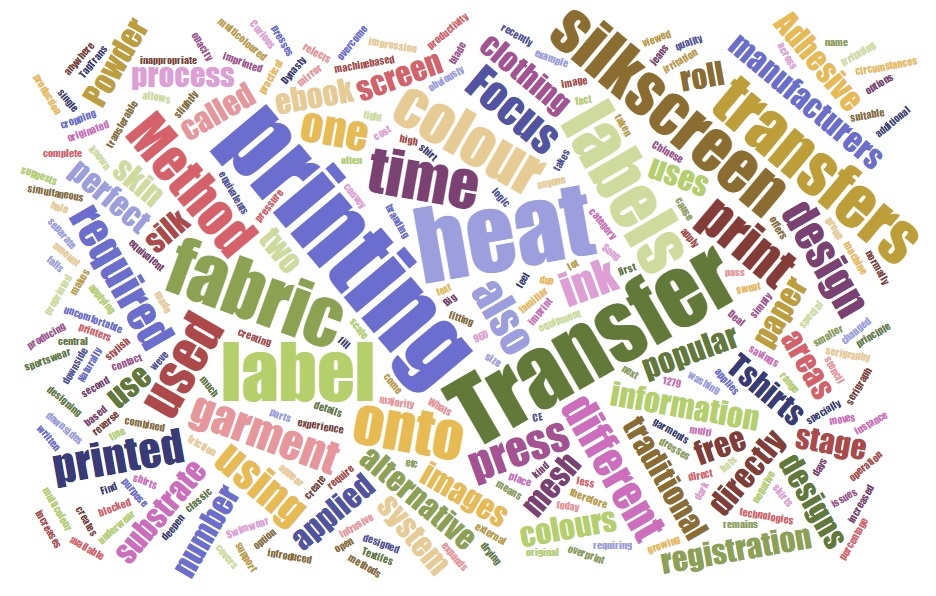Waste in label printing operations is problematic as it increases costs, depletes resources, and impacts the environment at a time when many companies are striving for sustainability. Excess materials, ink, and energy consumption drive up expenses and contribute to rising levels of pollution.
5 Strategies For Reducing Waste In Label Printing Operations
How To Get The Best Results From Peel and Reveal Labels
Peel and reveal labels are an innovative solution for many types of packaging, offering multiple layers of information within the same footprint as a standard label. They are particularly useful for products that require extensive information to be communicated to consumers, such as lists of ingredients or safety instructions.
How to Print Labels Using Heat Transfers
There are some circumstances in which fabric garment labels are simply not practical. Swimwear is an example of where an external label would be irritating and inappropriate. A lot of other sportswear falls into the same category. These garments are often tight fitting and come into direct contact with the skin. When combined with sweat and friction through use, fabric labels can feel uncomfortable and cause irritation to the skin. Heat transfer label printing offers an alternative to using fabric labels in a range of clothing, an option that is being taken up by a growing group of manufacturers. These days, heat transfer labels are cropping up in underwear, hats, jeans, shirts, skirts and dresses - in fact anywhere that a traditional fabric label would normally be used.









